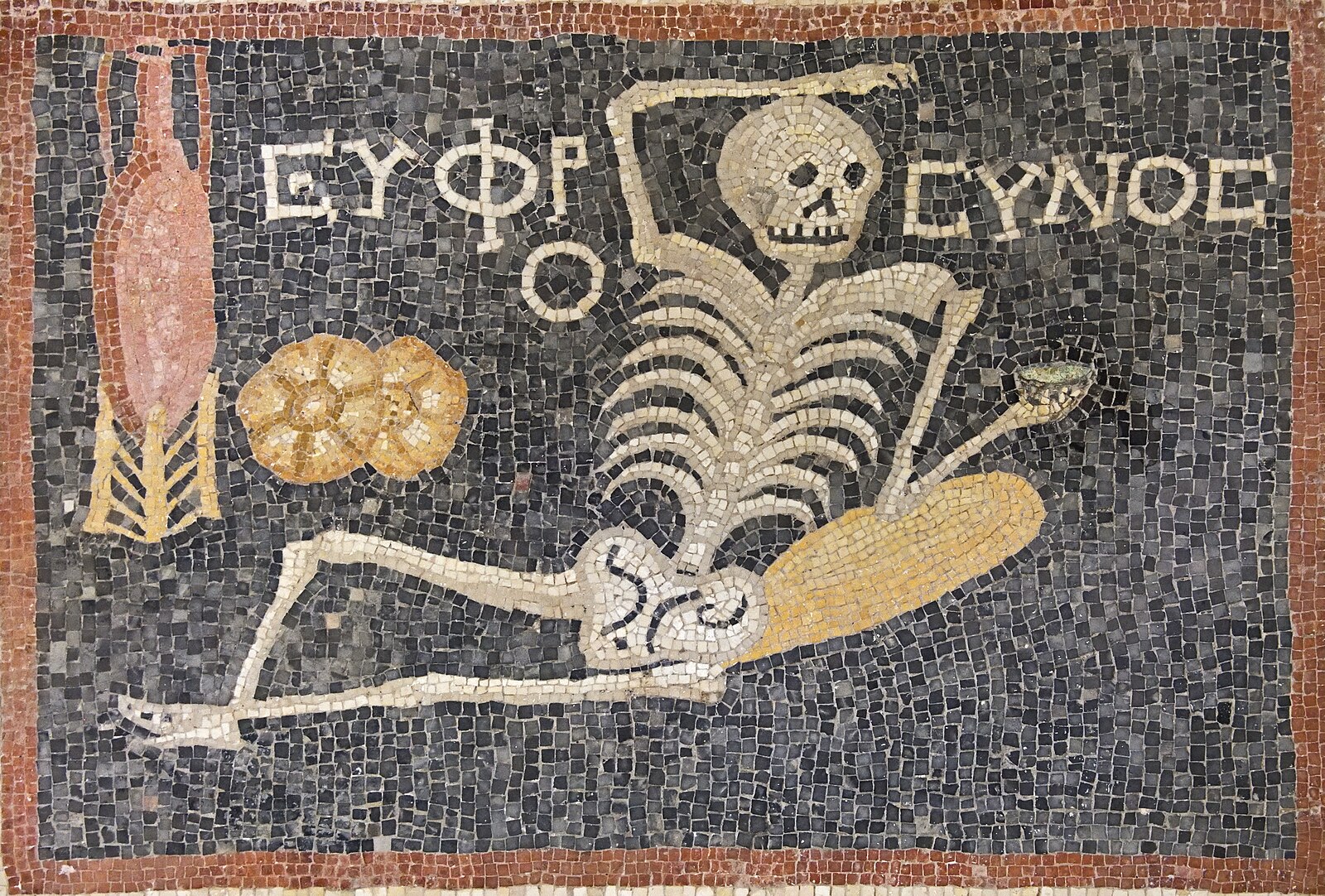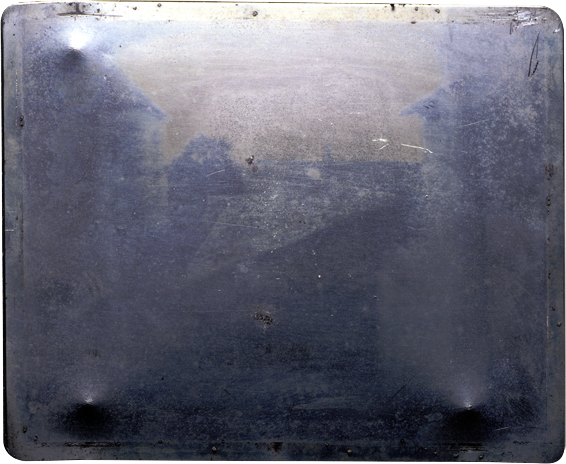
Image by Dosseman, via Wikimedia Commons
In 2012, archaeologists discovered in Southern Turkey a well-preserved mosaic featuring a skeleton savoring a loaf of bread and a pitcher of wine, surrounded by the Greek words “Be cheerful and live your life.” Dating back to the 3rd century BCE, the mosaic likely adorned the dining room of a wealthy villa in the ancient Greco-Roman city of Antioch. It’s a kind of memento mori, a reminder that life is short and you should enjoy it while you can. Or so that’s how many have interpreted the message of the mosaic.
If you would like to delve deeper, it’s worth reading the analysis and background information provided by The History Blog. Meanwhile, this separate post on Tumblr highlights other translations and interpretations of the mosaic’s key inscription.
If you would like to sign up for Open Culture’s free email newsletter, please find it here. It’s a great way to see our new posts, all bundled in one email, each day.
If you would like to support the mission of Open Culture, consider making a donation to our site. It’s hard to rely 100% on ads, and your contributions will help us continue providing the best free cultural and educational materials to learners everywhere. You can contribute through PayPal, Patreon, and Venmo (@openculture). Thanks!
Related Content
A Rabbit Rides a Chariot Pulled by Geese in an Ancient Roman Mosaic (2nd century AD)
How to Make the 2000-Year-Old “Pizza” Discovered on a Pompeii Fresco




